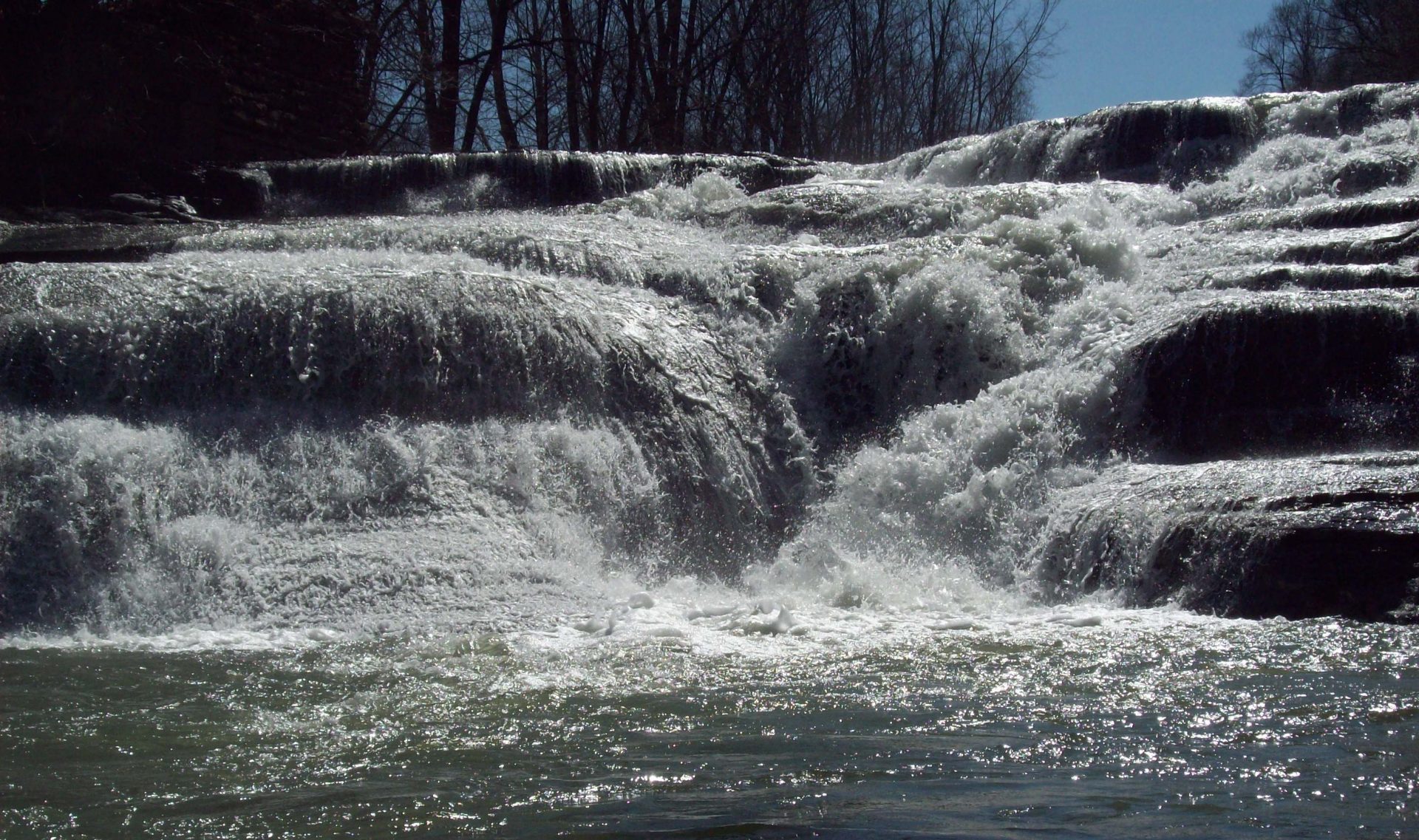By Rich Davenport, Published November 28, 2021, updated 11/29/2021

On November 23, 2021, reports in Maine began circulating that the Maine Department of Inland Fisheries and Wildlife had issued an “eat none” order for deer harvested in the Fairfield area, southwest of Bangor, due to detected high levels of PFAS contamination, a “forever chemical” linked to higher rates of certain cancers, elevated blood pressure during pregnancy, fertility problems, liver and kidney disease and immune system impairment. PFAS chemicals, or perfluoroalykl and polyfluoroalkyl substances, were extensively used starting in the early 1940’s, to make certain plastics, dyes and paints, food wrappers and pizza boxes, nonstick cookware, waterproofing compounds and firefighting foams, but until recently not much was known about potential health problems these chemicals could cause. Research into some of the chemicals in the PFAS family, of which over 400 exist that are water soluble, began in year 2000, although suspected issues from the specific substances perfluorooctane sulfonic acid (PFOS) and perfluorooctanoic acid (PFOA), were the subject of a lawsuit against DuPont Chemicals and their complicity in suppressing the information about PFAS contamination back in the 1990’s; an event that was the subject of the movie “Dark Waters” released in 2019.
Officials from the wildlife department, along with the Maine Center for Disease Control and Prevention, announced on November 23, 2021 that high levels of PFAS contamination were detected in 5 of 8 deer tested that were from an area in close proximity to PFAS contaminated fields. The do-not-eat area, which includes all of Fairfield, and extends into parts of Waterville, Norridgewock, Skowhegan, Oakland, Smithfield, Clinton and Benton, came about due to known farm fields that used PFAS contaminated industrial and municipal sludge for fertilizer before the presence of PFAS in this material was discovered. The deer tested had high enough levels of PFAS to warrant a recommendation that consumption of venison in the impacted area should be limited to no more than 2 or 3 meals per year.
PFAS chemicals do not break down readily, and persist in the environment, both in the ground and water, for decades. These chemicals, once ingested or contacted by living organisms, do not break down and indeed accumulate over continued exposure, being found in muscle tissue, making it impossible to reduce levels present through trimming fat or using different cooking techniques that “cook off” the chemicals.
This advisory comes on the heels of Michigan issuing their own “do-not-eat” advisory for deer taken in Iosco County due to PFAS contamination detected in October of 2018, prompting the moves. Michigan’s Department of Health and Human Sevices issued the advisory encompassing a 5-mile radius from Clark’s Marsh in Oscoda Township, after discovery of the industrial contaminant permeating this popular recreational area. Although continued testing and monitoring has allowed the area of do not eat to be lowered to a 3 mile radius in 2021, officials are keenly watching as these chemicals, being water soluble, are known to be spread via evaporation, falling as rain to contaminate other places. The State of Michigan issued a fact sheet concerning their discoveries and announced guidance to help better inform hunters and wildlife lovers alike.
Officials in both Maine and Michigan are trying to determine exactly how this exposure is happening, but in Maine, the source of contamination traced back to eight paper mills spreading more than 500,000 cubic yards of paper mill waste in Maine between 1989 and 2016, according to records compiled by the Maine Department of Environmental Protection, which licensed and regulated the land application of the sludge. Paper mills have used a lot of PFAS – and in some cases still do – in the coatings that keep grease or liquids from soaking through picnic plates, takeout food containers, pizza boxes, microwave popcorn bags and fast-food wrappers. Maine officials have indicated that increased testing and monitoring will be put in place to determine the extent of contamination. They have also recently announced that wild turkey will be added to the tested animals, as turkey hunting is very popular in the state. PFAS has also been reported as detected in the Fairfield Industrial Drive ponds, popular inland fishing holes in the area, The town has advised against fish consumption.
In New York, several areas of PFAS contamination concern have been identified concerning military bases and their use of plastics and fire fighting substances known as Aqueous Film Forming Foam, substances used to extinguish petroleum and industrial battery fires, and is needed to address jet fuel fires at airports and bases. In WNY, a big problematic hot spot for PFAS presence is the Niagara Falls Air Base, in Niagara County, NY.
The NYSDEC recently announced proposed regulations for levels of PFOS, PFOA and 1,4 Dioxane in efforts to protect drinking water, but curiously, levels considered chronic and acute were vastly higher in freshwater aquatic life than saline (saltwater) aquatic life, without explanation as to why. After all, we don’t drink saltwater, yet levels recommended seem to defy logic. Safe levels of PFAS substances in finished drinking water in NY is established at 10 parts per trillion (ppt), significantly lower than EPA recommendations of 70 ppt. In December of 2020, the Village of Mayville, located in Chautauqua County, NY, was forced to shut down the 3 artesian wells that supplied residents with their water needs, prompting bottled water distribution until a new well could be dug and brought online. Contamination was traced back to the nearby fire training grounds, as PFAS can move through the groundwater rapidly. Testing is being done in the north basin waters of Chautauqua Lake near the village to determine whether this contamination has reached this popular inland fishing destination. No updates from NYSDEC concerning this work have been announced.

